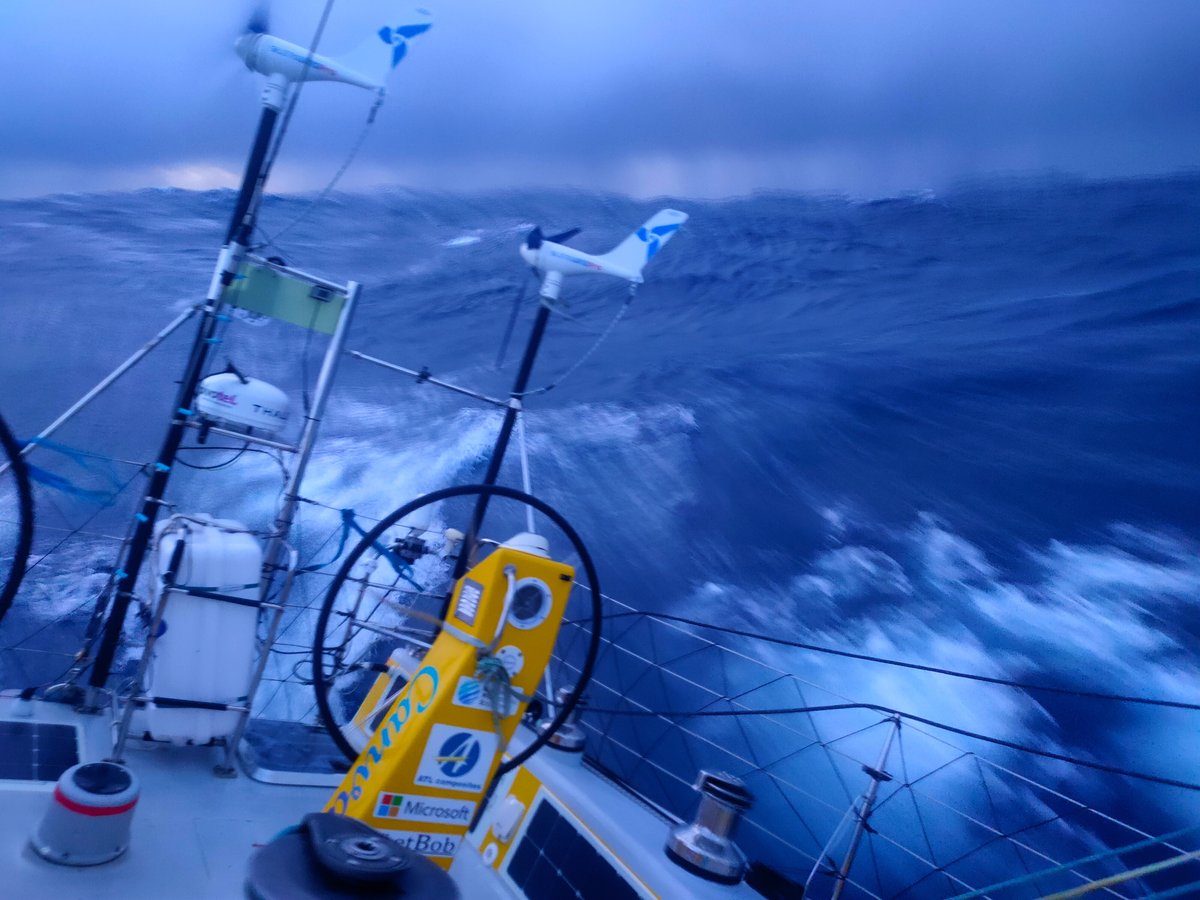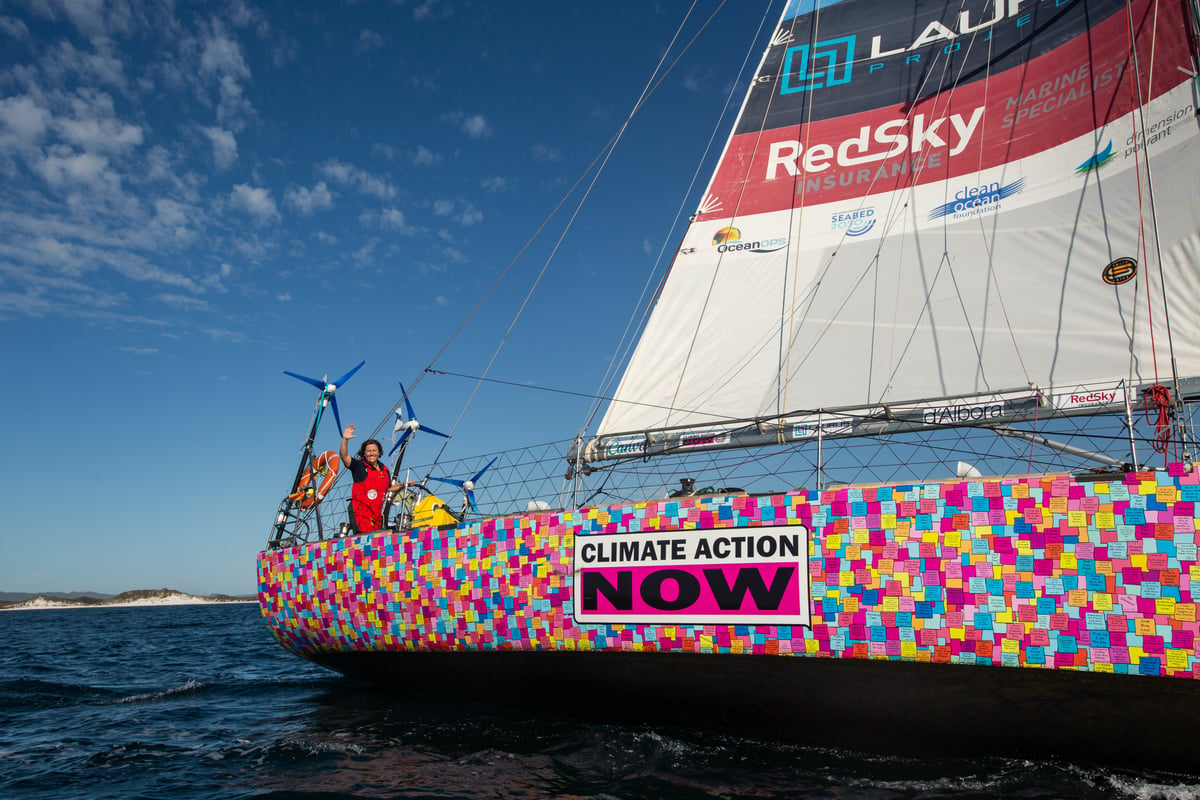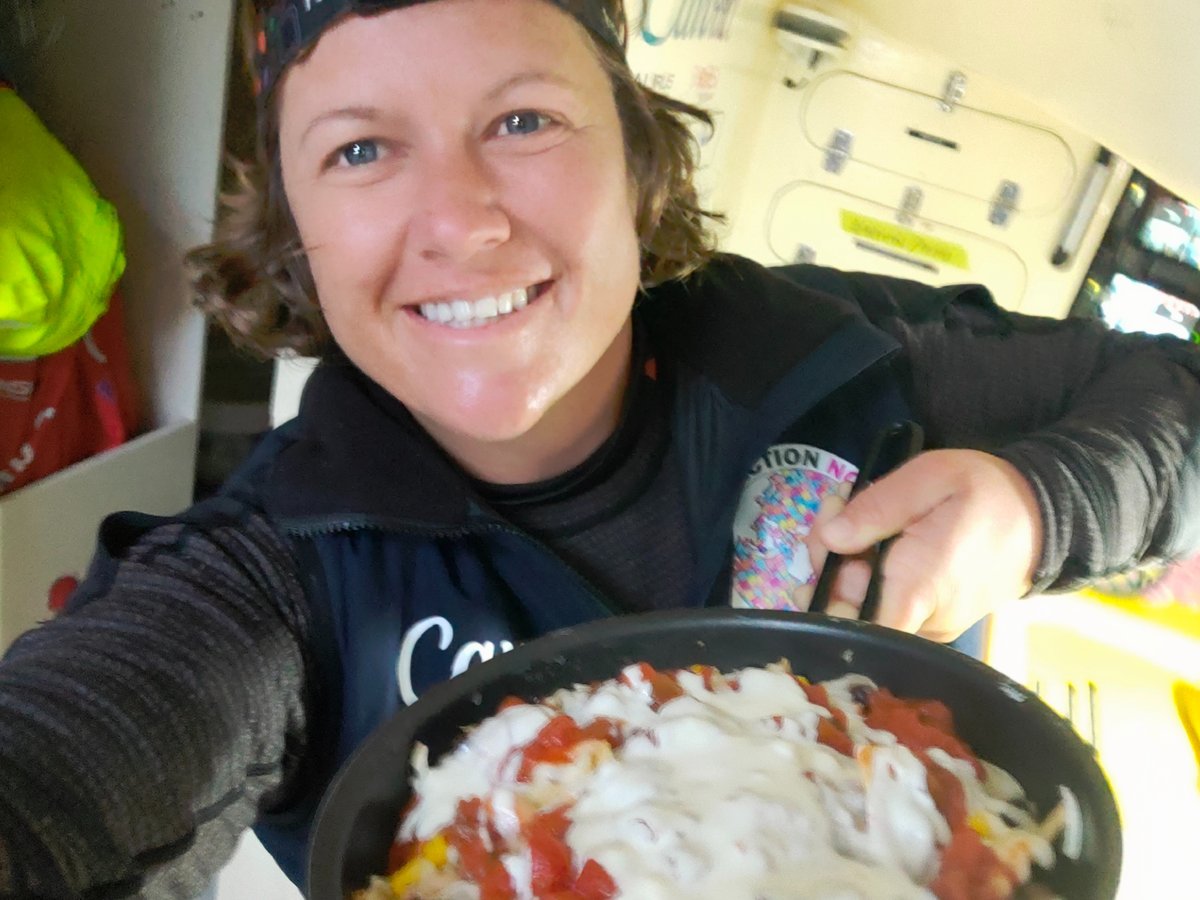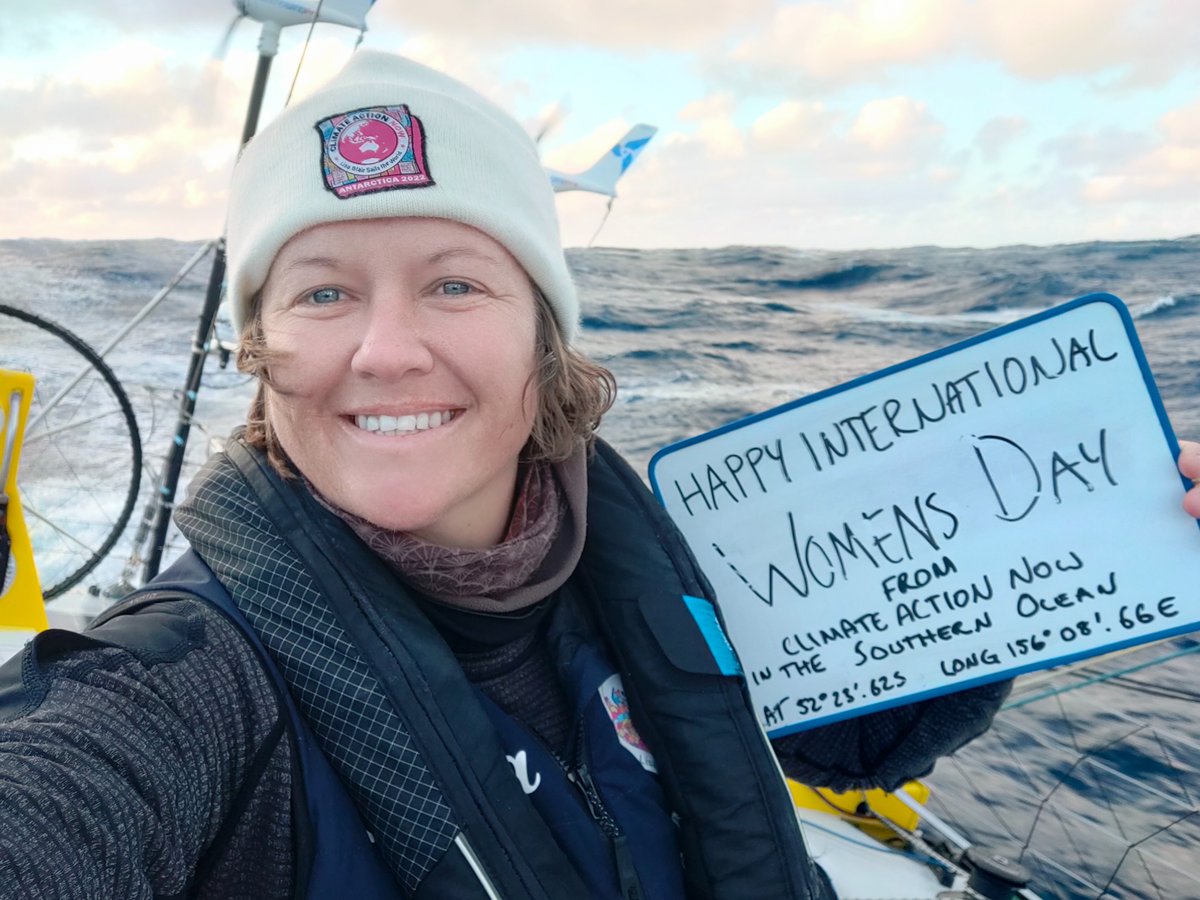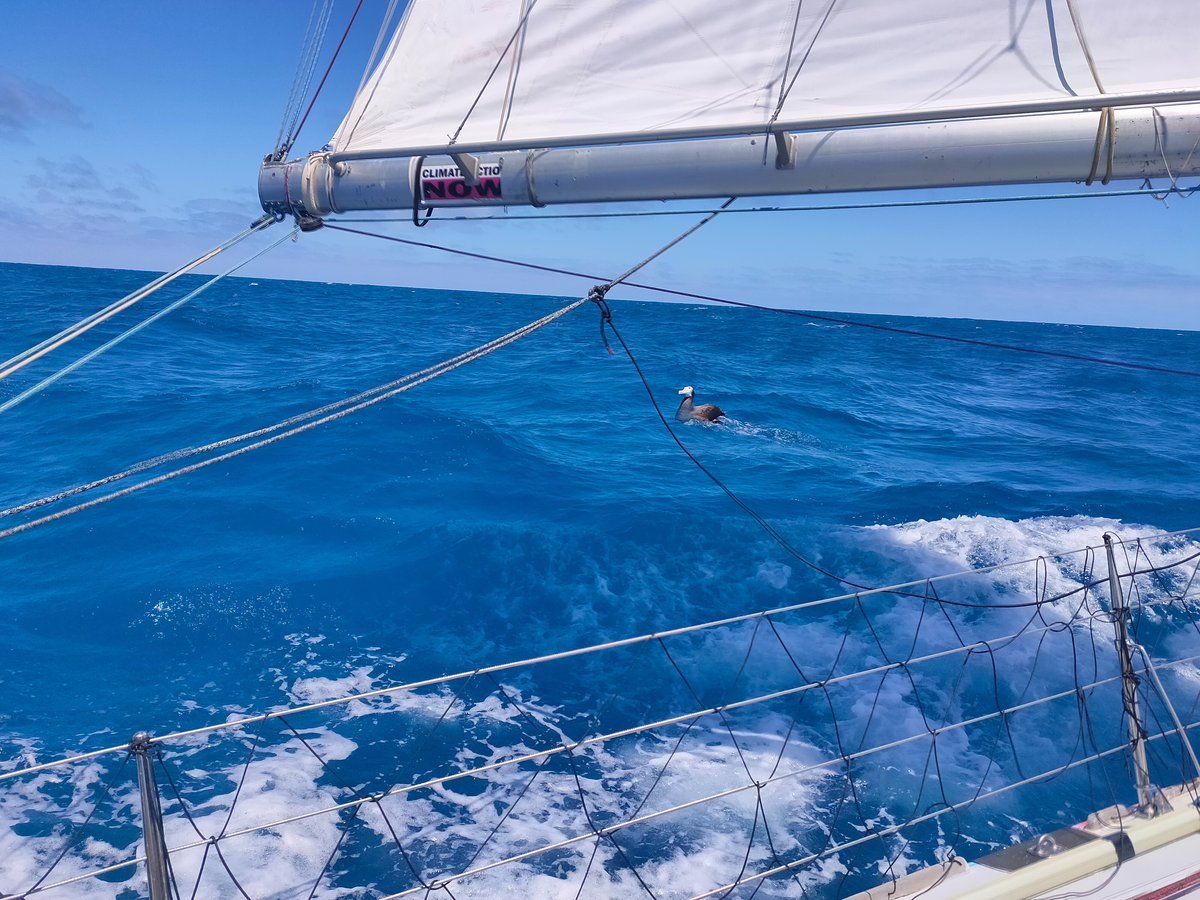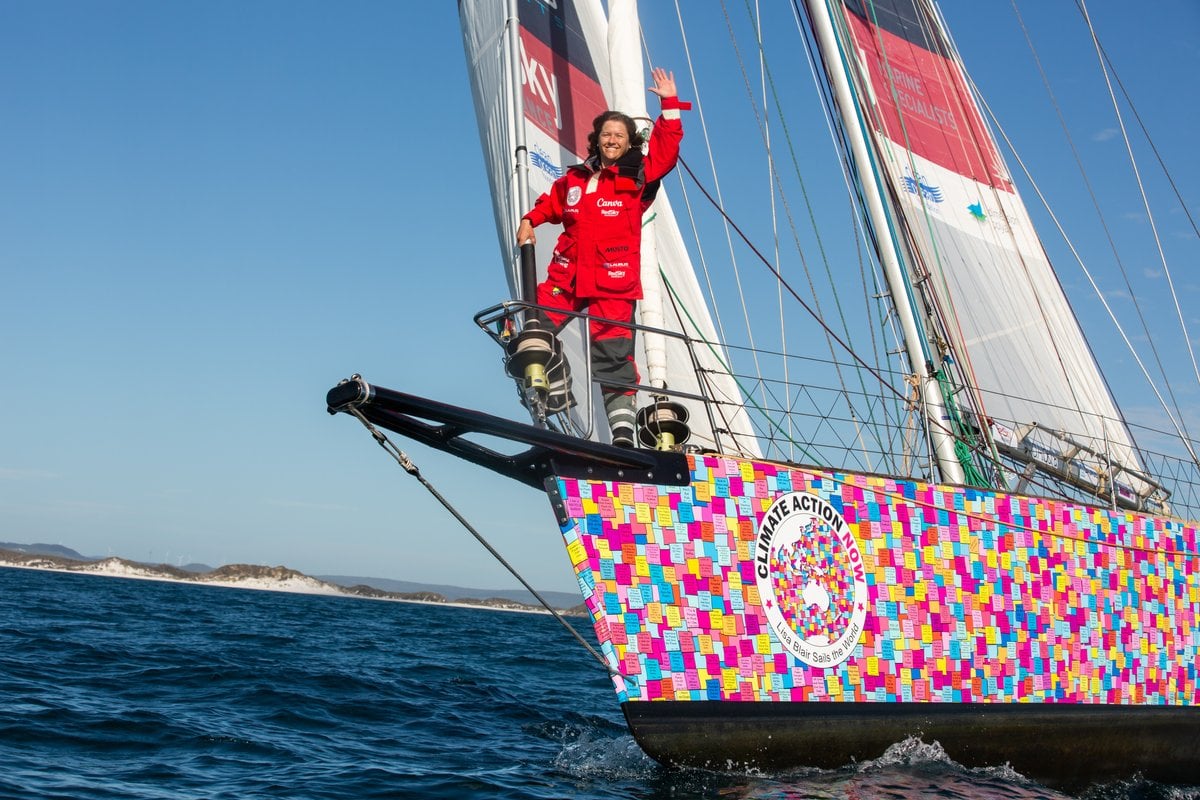
Yesterday morning, Aussie solo sailor Lisa Blair, 37, made history.
As her yacht sailed in to Albany, WA to jubilant cheers and the sounds of ship horns, she became the fastest person to circumnavigate Antarctica - solo, non-stop and unassisted.
Lisa did it in 92 days - 10 days faster than the previous record held by Russian man, Fedor Konyukov in 2008.
It was a record she was determined to beat.
"I've done it, and I've shaved ten days off the record!," she told the ABC who were portside at her arrival.
"This is a pretty big deal for me."
In 2017, Lisa became the first woman in the world to sail solo and unassisted around Antarctica. She had her sights set on becoming the fastest person.
While in 2018, Lisa achieved the fastest solo circumnavigation of Australia - and was the first woman in history to do so - three months ago, she embarked on Antarctica 2.0.
Lisa Blair has arrived @GWN7News pic.twitter.com/eLEnyxieYF
— Elyce Holden (@ElyceHolden) May 25, 2022

